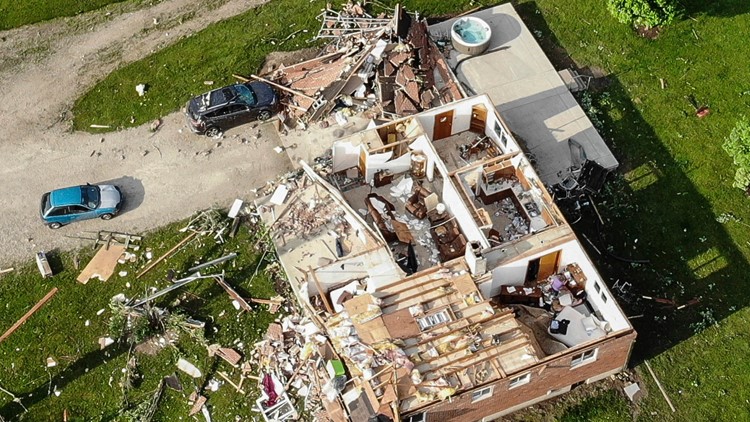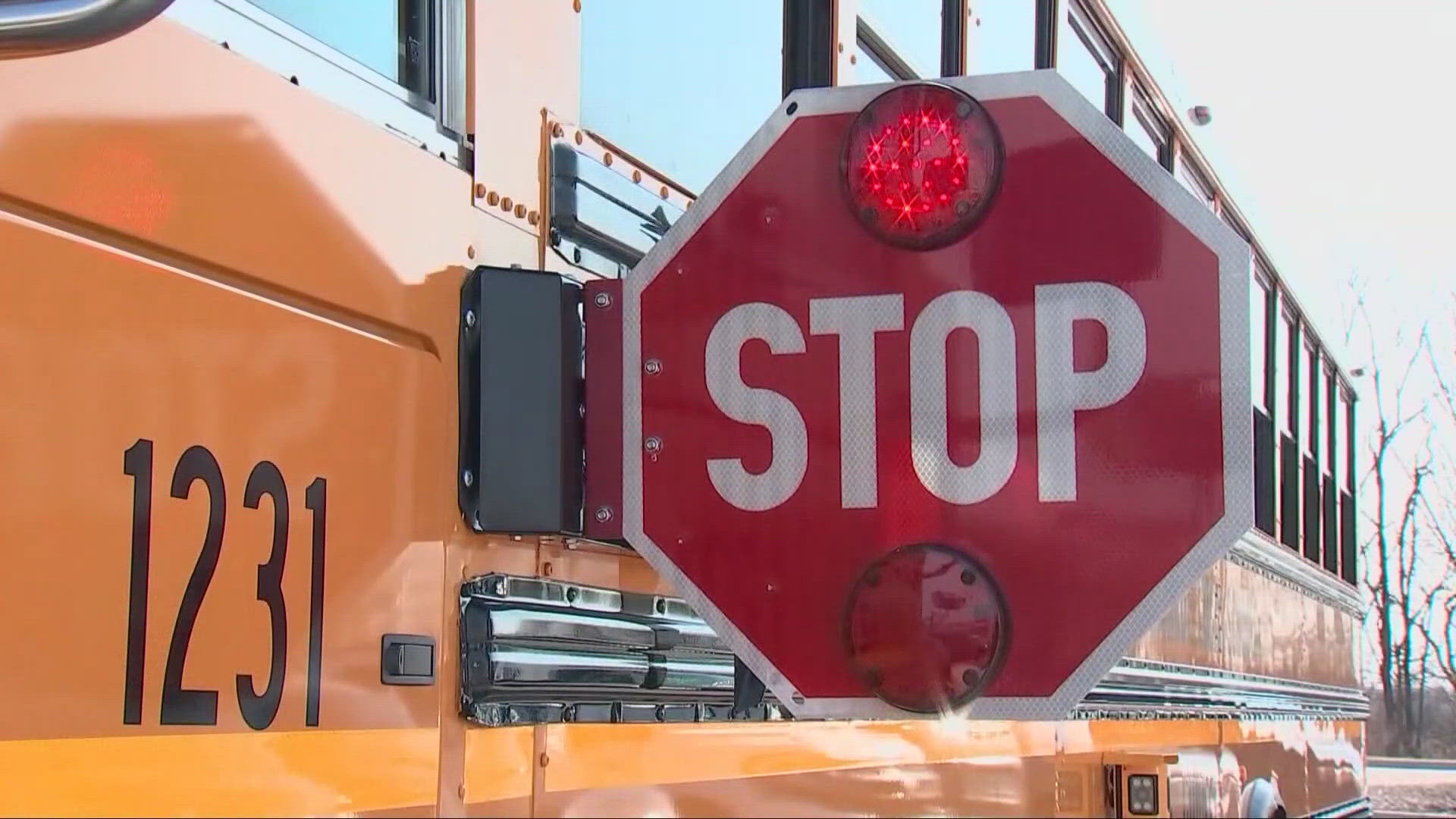A rash of severe weather over the last few weeks has tested Ohio's ability to handle potential disaster situations.
A new study shows the state still has much to do to get better prepared for possible disasters, disease outbreaks, and other emergencies.
A review of The National Health Security Preparedness Index by 24/7 Wall Street shows that Ohio ranks in a tie for No. 48 in the nation.
The index considers six gauges of preparedness: Health security surveillance, community planning and engagement, information and incident management, health-care delivery, countermeasure management, and environmental and occupational health. Some of Ohio's specific results were tabulated and revealed:
- Pct. of adults who volunteer: 33.2% (22nd highest)
- Avg. EMS arrival time (urban/rural): 6.6 minutes / 11.3 minutes
- Pct. population within 50 miles of a trauma center: 100.0% (the highest - tied)
- State and local gov't spending: $10,809 (22nd highest)
Authors of the study say the United States is facing increased frequency and intensity of health security threats. These include virulent diseases such as Zika and Ebola; growing resistance to antibiotics by infectious diseases; ongoing epidemic of opioid abuse; and globalization in travel and trade. Extreme weather events are also becoming more common.
“Preparedness requires contributions from different types of agencies and organizations – hospitals, public health agencies, first responders, schools, and nursing homes,” Glen P. Mays, director of the National Health Security Preparedness Index Program, told 24/7 Wall St. in a written exchange. “Geographic variation in preparedness is becoming more pronounced over time because some states and communities are finding ways to improve preparedness, while others are maintaining the status quo.”



